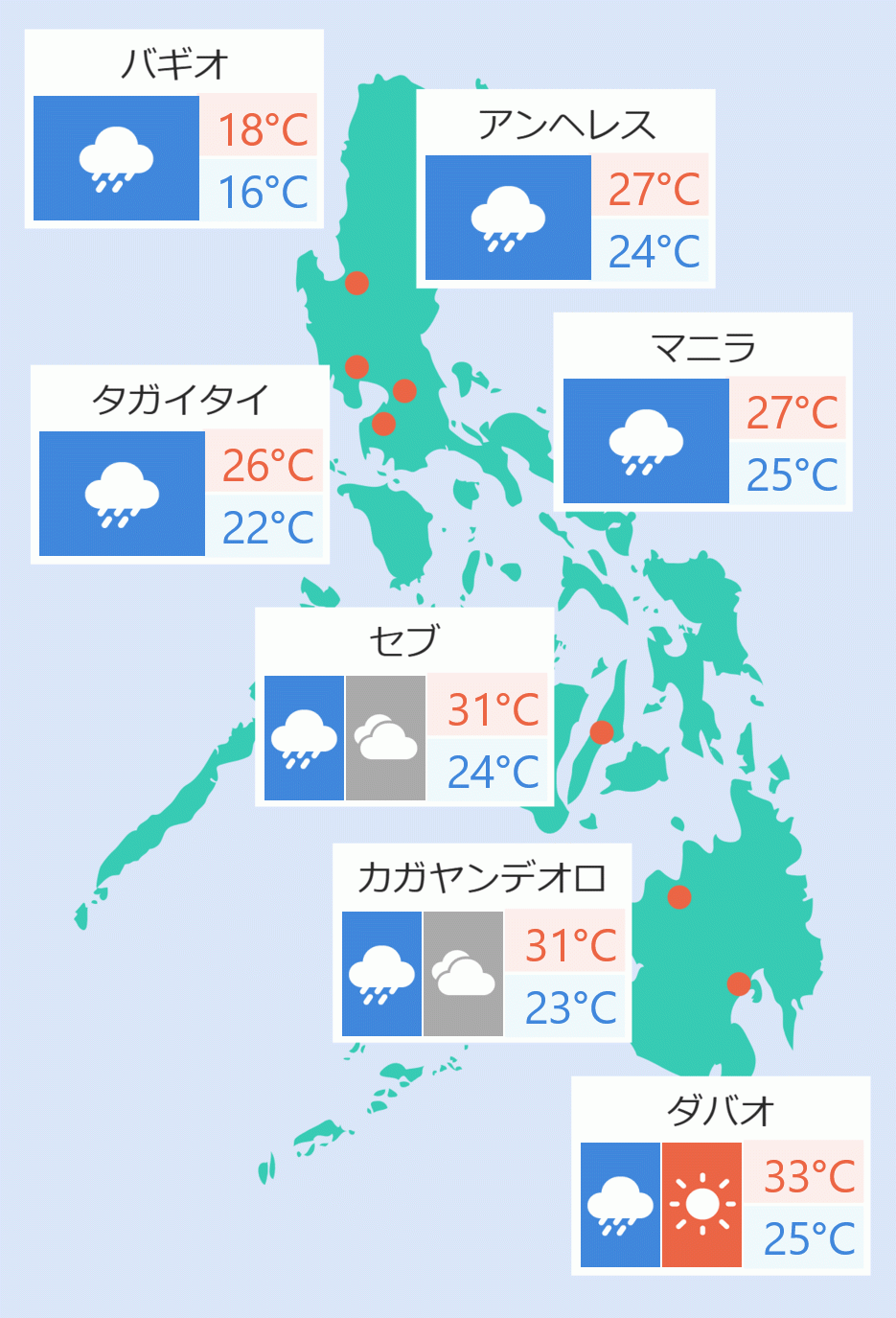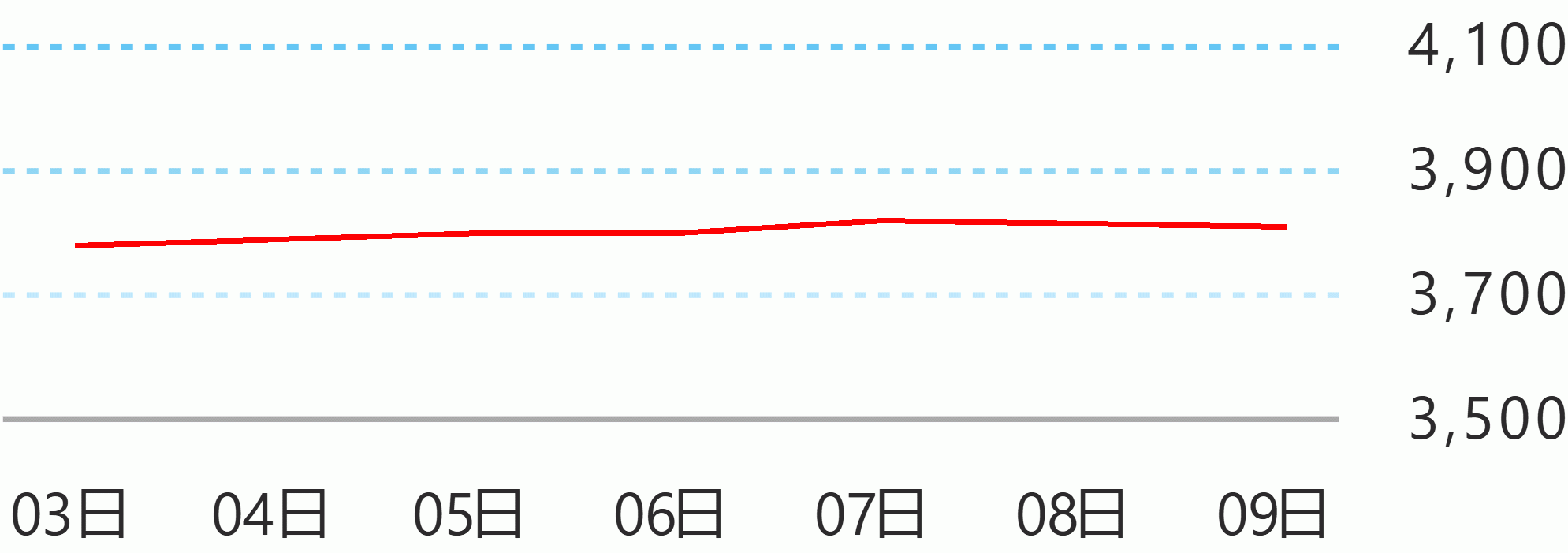The Philippine economy grew 6.2 percent in 2018, missing the government's revised target of 6.5-6.9 percent for full-year, the government said Thursday.
This was after the gross domestic product grew by 6.1 percent in the fourth quarter.
In 2017, the annual growth rate of GDP was at 6.7 percent. This was lowest full-year tally since 5.8 percent in 2015.
Despite the lower-than-expected GDP growth last year, Socioeconomic Planning Secretary Ernesto Pernia, in a press briefing in Quezon City, considered it as a "firm finish that cements the Philippines’ standing as one of the fastest-growing economies in Asia."
He said the Philippines is next to India, Vietnam, and China while overtaking Indonesia and Thailand in terms of economic performance from the first quarter to the third quarter of 2018.
Among the factors, which dragged the economy last year were manufacturing and agriculture, he said.
"Manufacturing...is an area of concern," said Pernia, also the National Economic and Development Authority director general.
For the last quarter of 2018, manufacturing grew by 3.2 percent, down from 7.9 percent during the same period in 2017.
"This is due to weak business confidence and policy uncertainties, coupled with sluggish export demand amid a global economic slowdown," he said.
He also cited the slump in the agriculture sector, which posted 0.8 percent growth from 4 percent last year, with palay contracting at 1 percent.
National Statistician Lisa Grace Bersales said for the fourth quarter, industry posted the highest growth, with 6.9 percent, followed by services at 6.3 percent, and agriculture at 1.7 percent.
Moving forward, Pernia cited downside risks on the economy, such as the US-China trade dispute, inflation, and the re-enacted budget.
"What we should note is that the re-enactment of the 2018 budget as basis for our spending this 2019 will likely have an impact on government spending in the near term. This implies that the government would not be able to quickly execute programs and projects under the proposed 2019 budget," he said.
Congress has yet to pass the proposed P3.757 trillion budget for this year.
"The 45-day ban on state spending prior to the May 2019 elections could also further delay implementation of infrastructure projects," he added.
But at the same time, the government’s chief economist said that the coming 2019-midterm elections and the preparations leading to the Southeast Asian Games in November would be potential growth drivers this year.
"Restoring business confidence and opening up to foreign investments need consistency in policy environment. Taking into account long-term national security concerns, efforts to attract foreign investments will also ensure sustainable development," he said.
Meanwhile, Malacanang expressed disappointment over the economic performance last year.
"Of course, somewhat disappointed," Presidential Spokesperson Salvador Panelo said in a press briefing when asked if the Palace was disappointed.
He said the government needs to work harder in order to meet the GDP growth target.
The Duterte administration is eyeing 7-8 percent GDP growth for this year.
Pernia indicated that the economic growth target for 2019 could be difficult but he added the 7-8 percent growth is a "serious aspiration" of the government. Celerina Monte/DMS





 English
English









